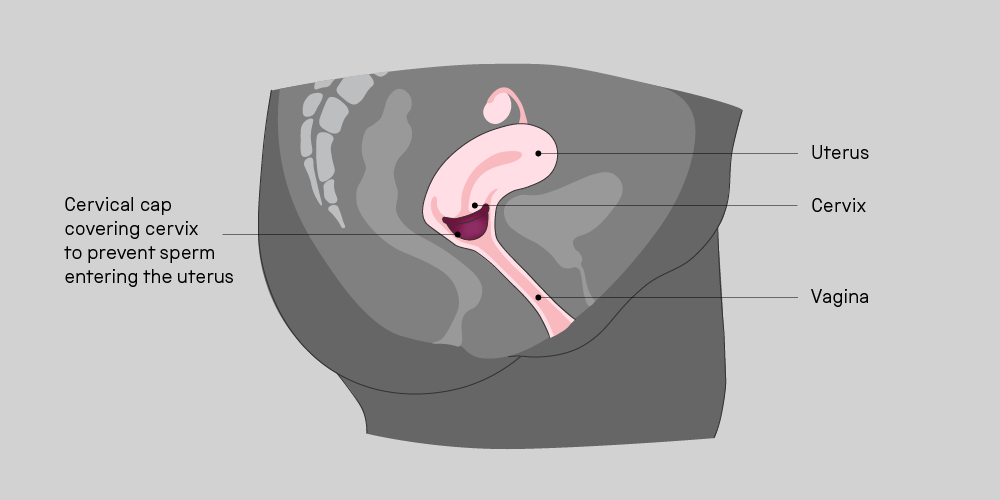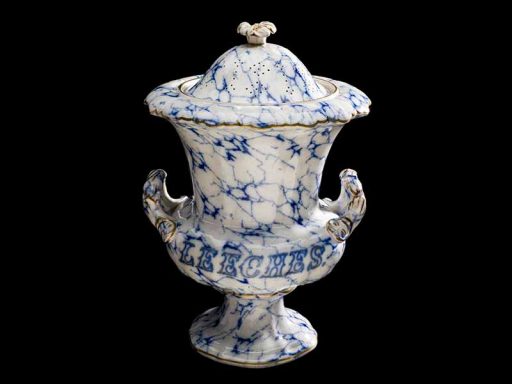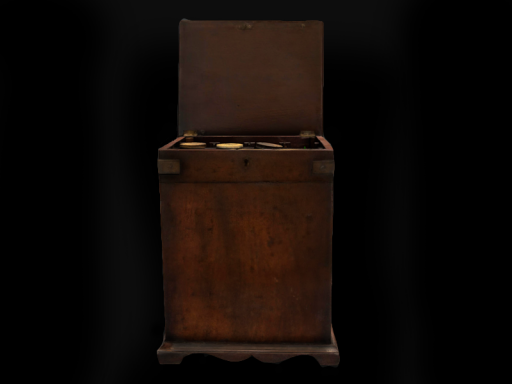
Curriculum links
About this object
This rubber cap was made around 1920. When inserted into a woman’s vagina, it prevented sperm from reaching the uterus, and so prevented pregnancy. The cap’s designer was Dr Marie Stopes, a famous feminist and campaigner for birth control. In 1921 Stopes founded the Mothers’ Clinic, the first family planning clinic in the UK. The clinic distributed contraceptive caps to women all over London, especially in poorer areas. Stopes was a controversial figure, not only because of her support for contraception, but also because she believed in eugenics – the notion that only the healthiest and most intelligent people in society should be allowed to have children.

Contraception today
Today, contraception is widely available in the UK and there are several different types to choose from, including sterilisation (eg vasectomies), hormone-based methods (the pill) and barrier methods (condoms). Condoms are the only contraceptives that reduce the risk of both pregnancy and sexually transmitted infections.
Discussion questions
- A hundred years on, do you think the stigma associated with birth control is completely gone?
- Should we have laws about who is allowed to have children?
- Whose responsibility is birth control?



